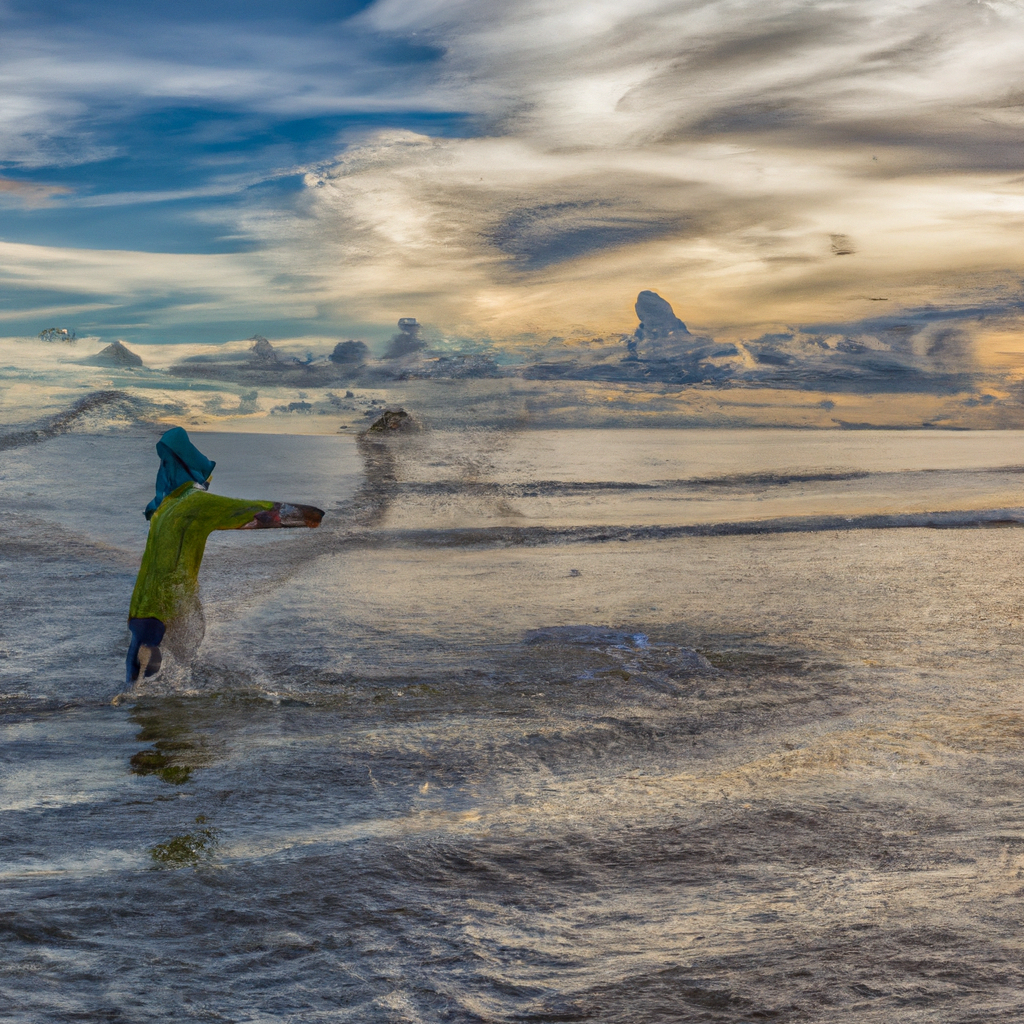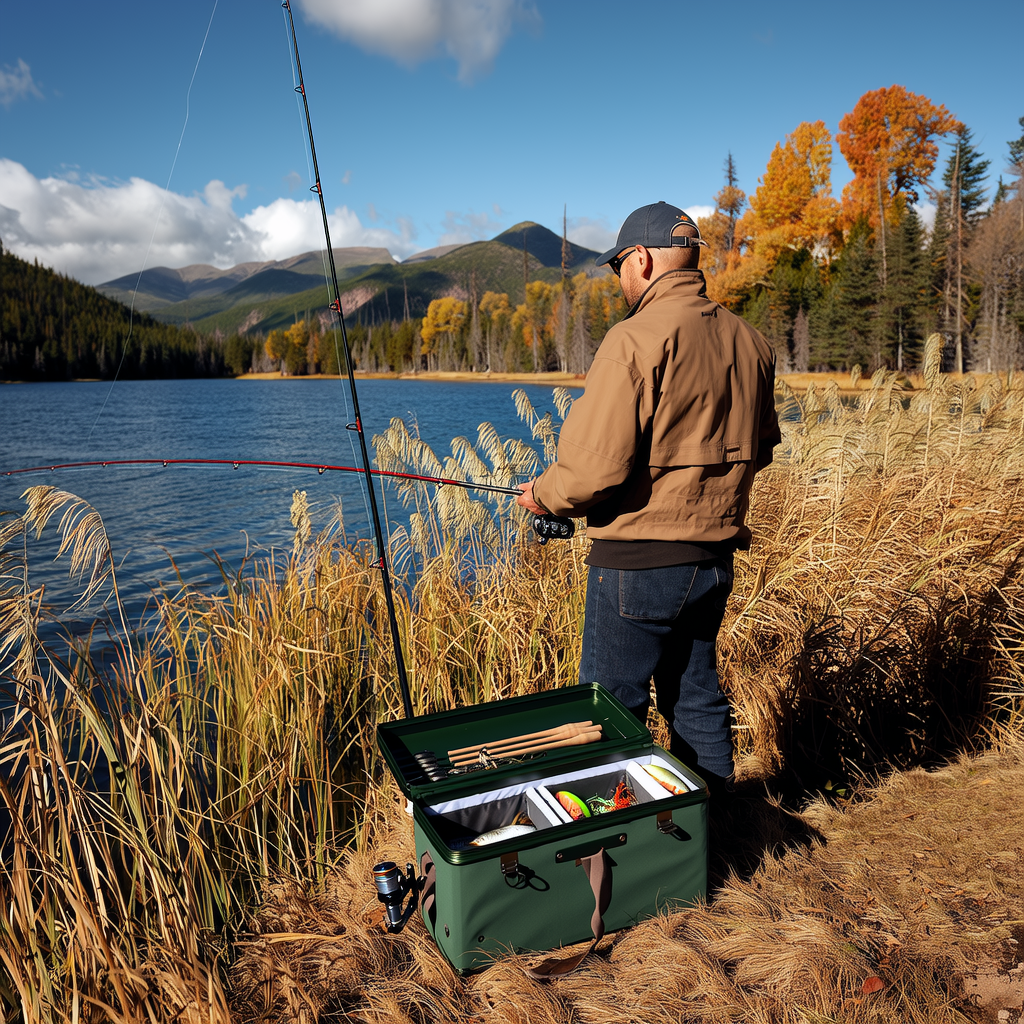Are you a fishing enthusiast looking to take it to the next level of your experience? Tidal fishing could be the adventure that you’ve been looking for. Tidal fishing is a great way to experience the thrill of fishing in areas that are influenced by the rising and falling tides. It’s a great opportunity for both novice and experienced fishermen.
What is Tidal Fishing?
As the name implies, tidal fishing is the act of fishing areas that are affected by tidal movement. The fishing takes place in rivers, estuaries and coastal areas where the ebb-and-flow of tides is a major factor. These tidal water create a diverse ecosystem which is home to many different fish species.
The Science Behind Tidal Fishing
Tidal fishing is based on the principle of tidal movement caused by gravitational force between the Earth and the Moon. The regular rise and falls of tides cause a constant flux in water levels. This results in changes in salinity and water temperature. These variations can affect the behavior of fish and their feeding patterns, which will ultimately influence the success of your fishing endeavors.
Get Started with Tidal Fishery
If you’re new to tidal fisheries, it’s important to arm yourself with the knowledge and skills necessary to make the most of your experience. Here are some tips to get you going:
1. Research Tidal Patterns
Understanding the tidal patterns of the area where you plan to fish is the first step in tidal angling. Plan your fishing trips according to the best tidal movements by consulting tide charts, apps or local fishing guides. Knowing the patterns of high and low tides can increase your chances of catching different fish species.
2. Select the Right Tackle
The choice of tackle is crucial when it comes to tidal fisheries. Consider the species of fish you are targeting, as well as the water conditions. For calm waters, lighter tackle might be appropriate. However, heavier gear may be needed for areas with strong tide currents. You can improve your chances of landing the fish you want by adjusting your equipment.
3. Habitat: What is it?
Tidal water provides a variety of habitats for fish. These include mangroves and rocky structures as well as submerged vegetation. Familiarize your self with the habitats and fish that live there. This will help you identify hotspots, and increase your chances to find and hook your target species.
The thrill of tide fishing
For several reasons, fishing in tidal water can be a thrilling experience.
1. Dynamic Environment
Tidal water is a dynamic environment, which changes constantly with the tides. Anglers must adapt to the ever-changing conditions, which keeps them on their toes. Each fishing trip is unique and exciting.
2. Abundance of fish species
Tidal water supports a rich ecosystem that is home to a variety of fish species. Tidal fishing allows you to catch a variety of fish, including striped bass, tarpon, and redfish. You can also catch delicious table fish such as flounder and snapper.
3. Challenging, rewarding and challenging
Anglers are challenged to use their skills and knowledge when tidal fishing. Adaptability and resourcefulness are required to deal with factors such as changing water depths and currents. It can be incredibly rewarding to successfully hook and land a fish at tidal water.
Conservation and Responsible Tidal Fishery
While tidal fisheries can be exciting, it is important to practice responsible fishing techniques to minimize the impact on a delicate tidal eco-system. Here are some tips to ensure sustainable fisheries:
1. Bag Size Limits and Guidelines
Respect the bag and size limit for each fish species. These regulations are designed to prevent overfishing and maintain healthy fish populations. Respect the limits set by the authorities and familiarize yourself with local rules and regulations.
2. Handle fish with care
Handle fish with care when releasing them to reduce stress and injuries. To ensure that fish are returned safely to the water, use proper equipment like dehooking tools. Also, wet your fingers before handling them. If you treat fish with respect, they will have a better chance of surviving after release.
3. Reduce Litter and Waste
Be aware of the waste that is generated during your fishing trip. Dispose of all trash, including fishing line, bait containers, and non-biodegradable items. Leave the fishing spot cleaner when you leave to reduce your carbon footprint and protect our environment.
In conclusion
Anglers of any skill level can enjoy tidal fishing. Tidal fishing is a rewarding and unique fishing experience because of its constantly changing conditions, the diverse ranges of fish species and the thrilling challenges. We can preserve this amazing ecosystem by following responsible fishing techniques and respecting the surrounding environment. Grab your tackle and tide charts and set out on an unforgettable tidal adventure!




